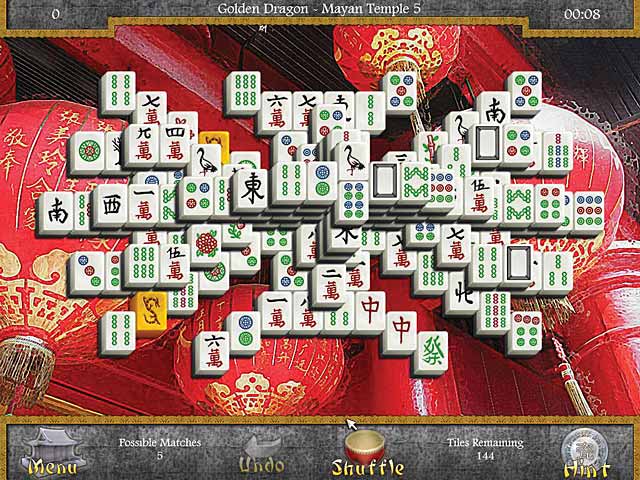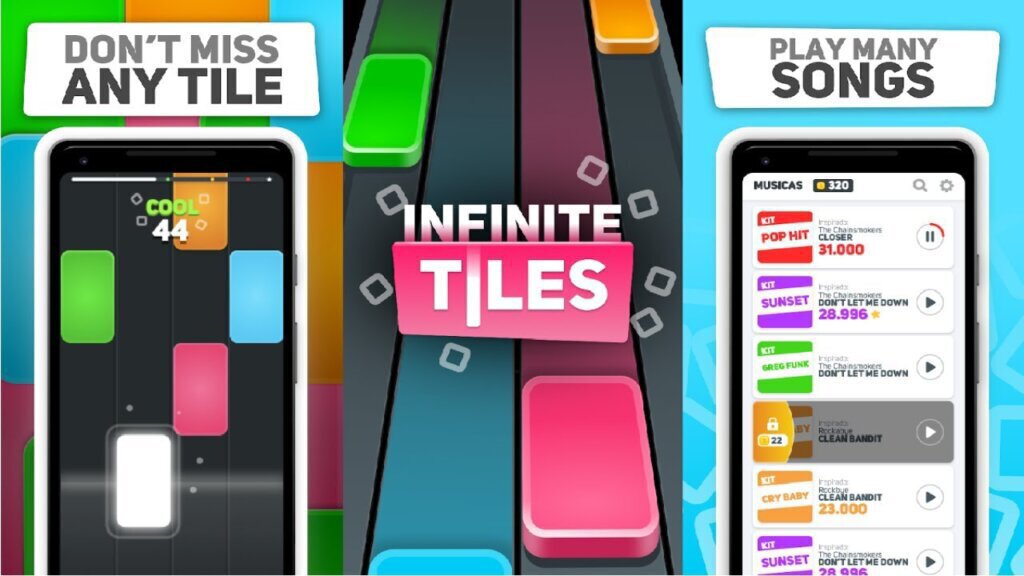


The game, in that way, is especially conducive to sparking creativity, the same way a shower might, supplying a winning combination of relaxation, distraction, and dopamine. You start to find yourself plotting several moves ahead in order to get a lower score. The more you become obsessed with Tiles, though, the more intense its chess-like qualities become. After further exploration, I began to see the patterns, piecing together - albeit rather clumsily - what the game wanted me to do with the mess it had provided. After some unstrategic clicking around the five-by-six board, I noticed I'd start to rack up a "current combo," while other times I'd be informed I'd done something wrong by a stern, sans-serif "no match" and my combo being reset to zero. In my excitement to play after seeing rave reviews on Twitter, I completely (and accidentally) blew past the tab that explained the rules. The Times' television critic and Tiles proselytizer Margaret Lyons reports that the lowest achievable combo is theoretically 15, although that would require every tile to be an exact match - unlikely, since the pattern shuffles are randomized.Īt risk of saying too much, though, let me add that Tiles is best enjoyed by embracing its learning curve.

On the surface, Tiles is a simple matching game in which you try to get the shortest "combo" possible while still achieving a "perfect game," which requires never breaking a matching streak.
GAMES LIKE TILES NYT FREE
(Although Tiles doesn't have a stand-alone app, it can easily be played in a browser window on a computer or phone, and it's free even if you aren't a subscriber.) Still, the launch is noteworthy in part because it is the Times' first original game that doesn't involve words. Unless you happen to frequent The New York Times' crossword puzzle page, you might have missed the rollout of Tiles earlier this week. With more than 500,000 subscriptions (that is, people paying to play) to the Crossword, The Times has been drawing on its popularity to expand its games portfolio over the last year, first with the launch if Spelling Bee in 2018, followed by Letter Boxed in February of this year.(Screenshot of Tiles | The New York Times) Crossword subscribers will have access to Tiles’s special features, including “zen mode” which offers never-ending play, as well as the ability to pick their favorite set of tiles to solve.
GAMES LIKE TILES NYT PASSWORD
Players can tap more tiles to remove more shapes and must clear the entire board to win.Īfter players play their first game, they will be asked to register with an email address and password for access to play more. When two tiles are tapped, all elements they share will disappear. Tiles players are presented with a collection of “tiles” composed of layered shapes (the initial tile sets were inspired by Portuguese and Parisian tiles). One additional strategy around launching Tiles is to reach users who may not be native English-language speakers. Tiles is the first game created by The Times that is not a word game and it’s the first free game The Times has offered since it launched its highly successful Mini Crossword in 2014. The Times has been actively expanding its portfolio of challenging but accessible puzzles to provide a wider array of game options for different types of game players.


 0 kommentar(er)
0 kommentar(er)
